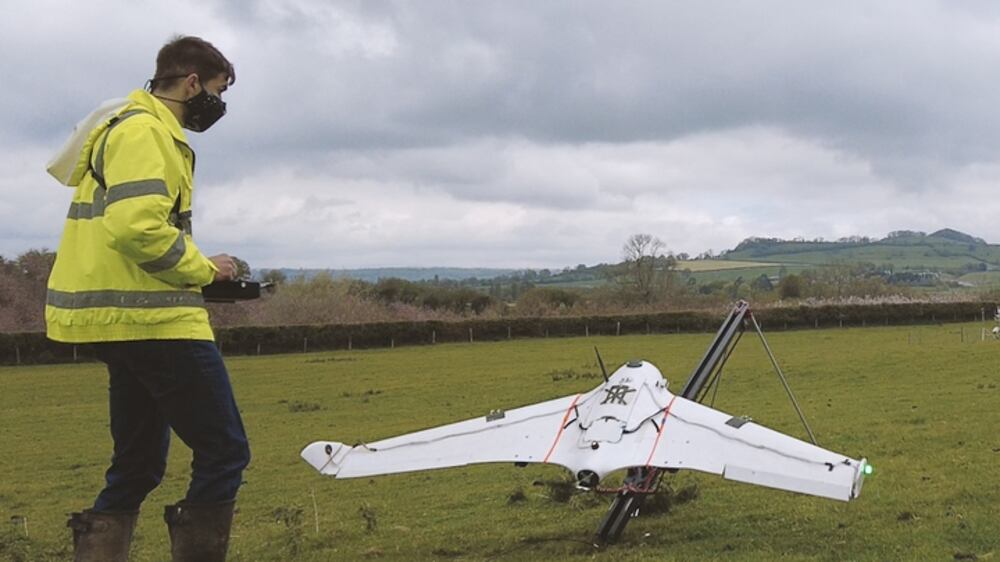A UAE trial involving new cloud seeding technology has shown promising results.
The National Centre of Meteorology carried out a series of flights over Texas while working with the US state's local weather association.
Nanomaterials are tiny manufactured substances that can be designed for a specific purpose.
In the case of cloud seeding, they replace traditional salt, dry ice and other chemicals as a more effective tool in generating rain from existing clouds.
Dr Abdulla Al Mandous, director general of the weather centre, said: “The success of this campaign is the result of NCM’s persistent effort and commitment to rely on science and innovation to address water challenges faced by countries in arid and semi-arid regions such as the Gulf and Middle East."
He said the UAE Research Programme for Rain Enhancement Science, a project that has led to millions of dollars in research grants being awarded to scientists around the world, had "made a major progress, raising prospects for the country to ensure sustainable water resources".
Details of the experiments, held in collaboration with the West Texas Weather Modification Association, were not revealed in full.
But the weather centre said the trials would allow for more statistical testing.
Cloud seeding was first experimented with in the 1940s by US companies including General Electric, when dry ice and later salt was spritzed on to clouds by aircraft to increase the size of the clouds and make it more likely that they would produce rain, and for longer.
Nanomaterials vs traditional techniques
The Arabian Gulf is one of the driest regions in the world, meaning large amounts of energy have long been used to desalinate seawater for a variety of uses.
The potential to generate more natural rainfall is highly significant.
Along with nanomaterials, the UAE has even tested drones that can emit electric charges to stimulate rainfall.
Developed by Prof Linda Zou of Khalifa University, one of three people awarded grants during the UAE research programme’s first cycle, the nanomaterial cloud seeding materials are being tested by Dr Paul Lawson, senior research scientist at Spec Incorporated. He was one of those awarded a grant during the programme’s second-cycle.
Another grant winner, Dr Lulin Xue, chief scientist at Hua Xin Chuang Zhi Science and Technology in China, recently published a research paper that showed nanomaterials were better at generating precipitation over the UAE compared with other traditional agents such as salt.
The nanomaterials even produce positive results in maritime clouds over water, on which conventional seeding material has no effect.
The 'new cloud seeding' - drones zap clouds with electricity to make rain







